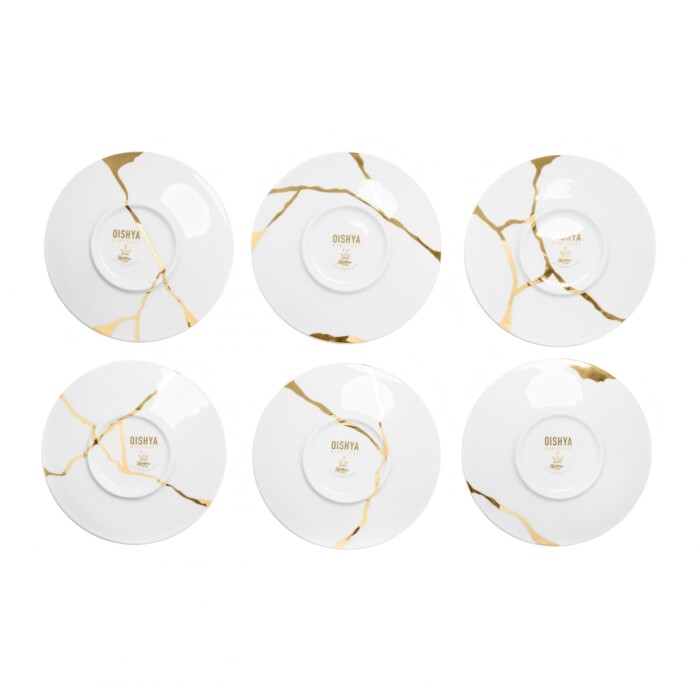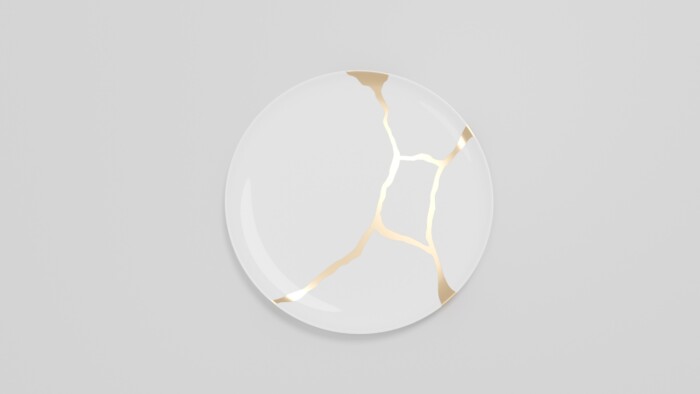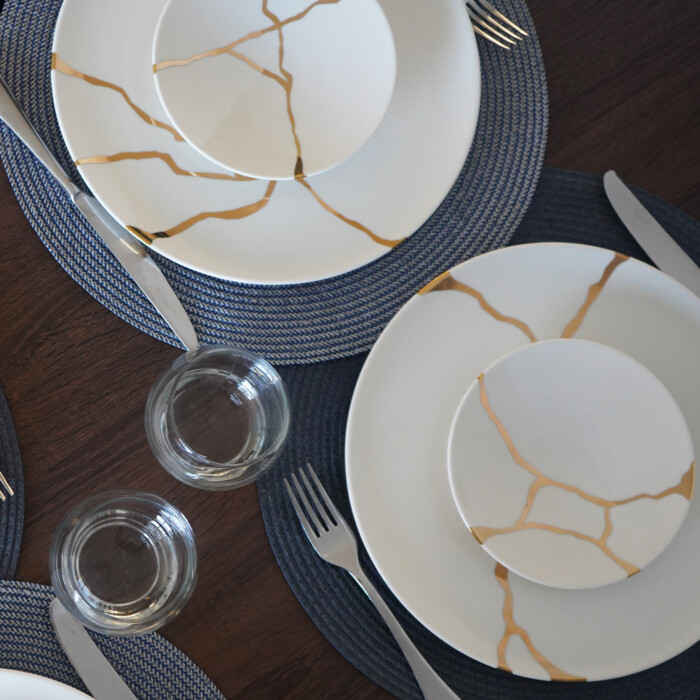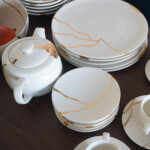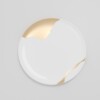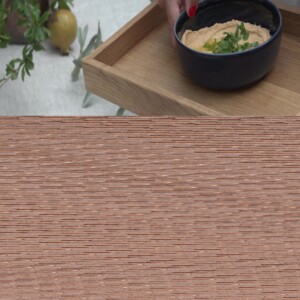Product Description
To create our Kintsugi Porcelain Collection, we collaborated with an European porcelain manufacturer Karolina, whose history dates back to 1860 to bring you a product which is a result of years of experience. All of our porcelain is hand decorated and the porcelain is checked for quality, making each piece unique. A 24-carat gold Kintsugi pattern is applied by hand to the finely crafted cruelty free Fine Bone China (FBC) porcelain, for a contemporary interpretation of ancient Japan.
About the art of Kintsugi

The Japanese art of Kintsugi teaches that broken objects, especially porcelain are not something to hide but to display with pride and we wanted to remind that to everyone. When a bowl, teapot or precious vase falls and breaks into a thousand pieces, we throw them away angrily and regretfully. Yet there is an alternative, a Japanese practice that highlights and enhances the breaks thus adding value to the broken object. It’s called kintsugi (金継ぎ), or kintsukuroi (金繕い), literally golden (“kin”) and repair (“tsugi”).
This traditional Japanese art uses a precious metal – liquid gold, liquid silver or lacquer dusted with powdered gold – to bring together the pieces of a broken pottery item and at the same time to enhance the breaks. The technique consists of joining fragments of porcelain and giving them a new, more refined aspect. Every repaired piece is unique, because of the randomness with which ceramics shatters and the irregular patterns formed that are enhanced with the use of metals.
When designing Kintsugi Collection, we took inspiration from this ancient Japanese art of pottery repair. By repairing broken ceramics it was possible to give a new lease of life to pottery that could become even more refined thanks to its “scars”.
About our Fine Bone China porcelain
Fine Bone China (FBC) porcelain products are characterised by a cream shade and high translucency. These features result from the firing conditions and the composition of the mass. Oishya Home’s tableware collection is made from cruelty-free Fine Bone China, therefore New Fine Bone China. For this collection, we collaborated with a European porcelain manufacturer who has perfected the special technique achieving ivory-coloured porcelain with high translucency, the so-called Fine Bone China. Our tableware is produced with high-quality imported raw materials, including kaolins (48%), quartz (20%) and feldspar (30%). The manufacturer has valid quality approvals obtained from suppliers for all raw materials used in production. Additionally, raw materials are tested in the factory laboratory on the basis of the stands BN, PN and ZN before being introduced to the production.



